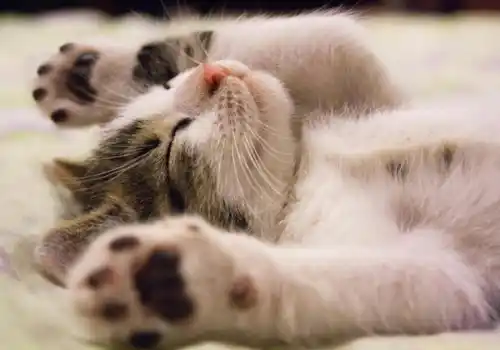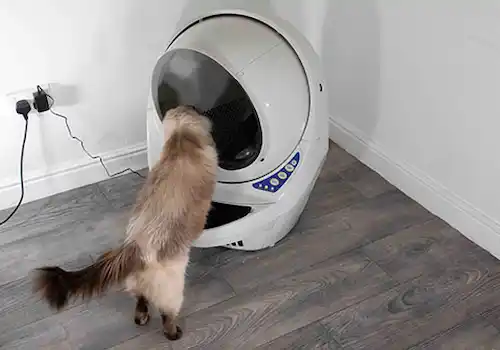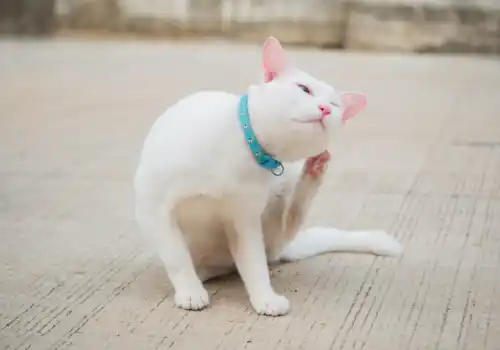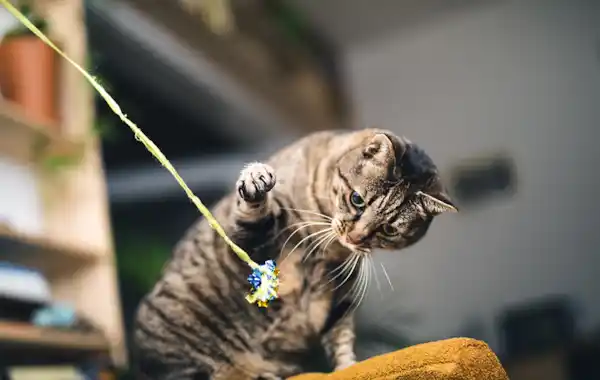Do you struggle to get your cat to play with you or with interactive toys? Here's our advice on how to encourage your cat to play.
Q) What is the best way to encourage a cat to play?
Cats usually only play if they feel relaxed. So, if you have just adopted a rescue cat, give them time to settle down and feel confident in their new home before trying to entice them to play. Then choose a relaxed time of day.
The best toys are small, lightweight, and furry. Move these around, because movement is what catches a cat’s attention and makes for play. You can see this for yourself when a cat walks up to a stationary toy and pushes it into movement with its paw as a way of starting a game with it.
Fishing rod toys are particularly good, as they allow you to move the toy around and keep feline claws well away from your hands. With kittens, it is tempting to use your fingers to play games but you will soon regret this as the adult teeth push through! Cats that play with human body parts are a menace and need regular games with fishing rod toys to wean them off the habit.
Nowadays, it is possible to buy some very elaborate and rather expensive toys with inner batteries that move the toy around. These will not work with nervous cats, who often find them frightening rather than attractive. Also remember that cats get bored easily, so rotate the toys giving new ones as often as possible. Catnip scented toys will work with cats that enjoy catnip, but there are some cats that are nose blind to this herb.
Finally, be careful with laser toys. Most cats love these and will play with them for a long time, but are likely to get frustrated when they cannot pick up the spot of light. If you are playing with a laser, get some treats and do short sessions ending in a treat. If you can put the treat where the light spot comes to rest at the end, your cat will feel it has ‘caught’ its prey, thus ending any frustration.
Advice given by cat behaviourist Celia Haddon.








